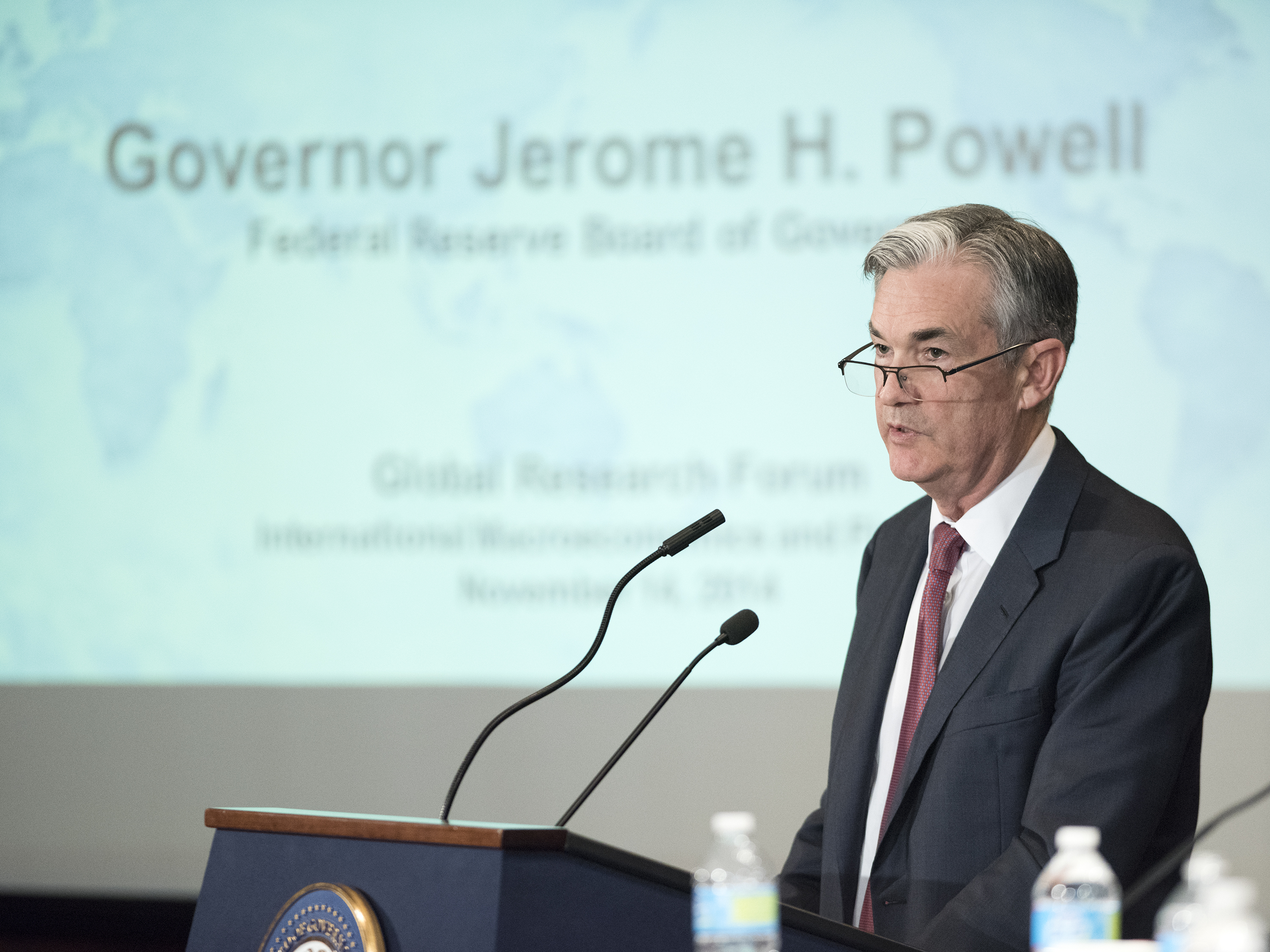For the second time this year, the US Federal Open Market Committee lowered the interest rate on federal credit funds by 0.25 percentage points, to 1.75–2%. Since the end of 2008 to December 2015, the United States, as part of the fight against post-crisis recession, had been maintaining a record low rate of 0-0.25% per annum. Then, over the course of three years, the Fed has been smoothly raising the rate, bringing it to the level of 2.25–2.5%. In July of this year, citing a slowdown in US economic activity amid external risks and a slow rise in inflation, the watchdog lowered the rate by 0.25%.
In its statement of September 18, the Fed noted good state of the labor market and only “moderate” growth in economic activity, while pointing to a weakening dynamics in capital investment and exports.
The watchdog expects "further growth in business activity, improvement of the situation on the labor market and maintaining inflation at about 2% as the most likely scenario." The Fed linked the rate cut to "the impact of global events and low inflation."
The economic forecasts were also partially adjusted on September 18. The GDP growth forecast was revised upward, from 2.1% to 2.2% this year (the forecast for 2020 is unchanged (2%). The inflation forecast minus food and energy was maintained as well: 1.8% for this year and 1.9% for the next. The unemployment forecast is increased by 0.1 percentage points, up to 3.7%, for this year.
Now market participants are waiting for a reduction in the cost of borrowing at meetings of the regulator in October and December.
At a press conference following the meeting, Fed Chairman Jerome Powell said that the authority could continue to reduce interest rates for a long time if the country's economic growth rate began to decline significantly, but such forecasts have not yet been made. According to him, the second consecutive decline does not mean that a long period of its decline will follow.
source: cnn.com, bloomberg.com
In its statement of September 18, the Fed noted good state of the labor market and only “moderate” growth in economic activity, while pointing to a weakening dynamics in capital investment and exports.
The watchdog expects "further growth in business activity, improvement of the situation on the labor market and maintaining inflation at about 2% as the most likely scenario." The Fed linked the rate cut to "the impact of global events and low inflation."
The economic forecasts were also partially adjusted on September 18. The GDP growth forecast was revised upward, from 2.1% to 2.2% this year (the forecast for 2020 is unchanged (2%). The inflation forecast minus food and energy was maintained as well: 1.8% for this year and 1.9% for the next. The unemployment forecast is increased by 0.1 percentage points, up to 3.7%, for this year.
Now market participants are waiting for a reduction in the cost of borrowing at meetings of the regulator in October and December.
At a press conference following the meeting, Fed Chairman Jerome Powell said that the authority could continue to reduce interest rates for a long time if the country's economic growth rate began to decline significantly, but such forecasts have not yet been made. According to him, the second consecutive decline does not mean that a long period of its decline will follow.
source: cnn.com, bloomberg.com





